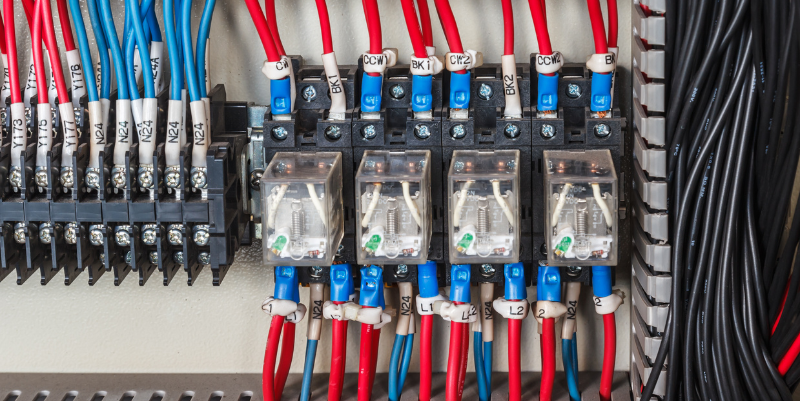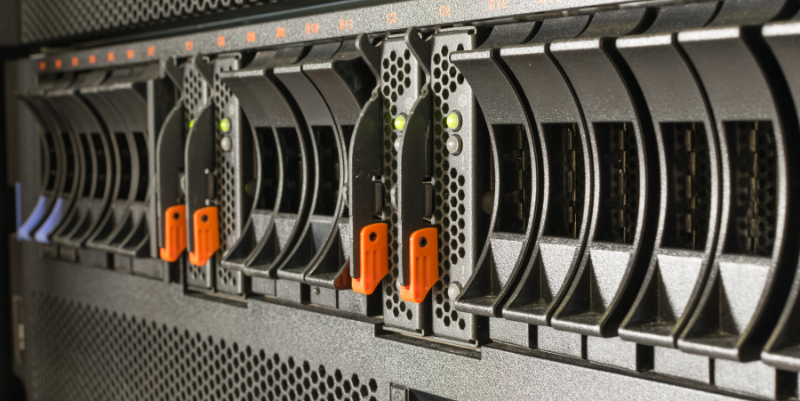As our manufacturing plants get more integrated there is often some overlap between the heating and cooling, lighting, water chilling, and other systems with our PLC-based control systems. Sometimes a control engineer may even want to use a PLC to control some sort of environmental plant system. When that happens, the PLC has to communicate with BACnet, the object-oriented approach to building automation networking.

BACnet (Building Automation and Control Network) is an open protocol specification that defines both how data is represented on the network and the services that are used to move data from one BACnet node to another. Like the Control and Information Protocol (CIP) used in many industrial applications, BACnet defines a set of standard objects to represent data on a network. There are four objects that are used the majority of the time: analog input, analog output, binary input, and binary output.
We have developed two different gateway modules to make the integration of an Allen-Bradley PLC into a BACnet system extremely easy to use.
ETC/BS – Connect Allen-Bradley PLCs to a BACnet/IP Building Management Controller
The 460ETCBS presents data in AB PLCs to a BACnet/IP network as BACnet analog and binary objects. Up to five Allen-Bradley PLCs can be connected to a BACnet/IP network and present data to a BACnet/IP controller on the BACnet network. With this product, you are making a direct connection between BACnet/IP data and user-defined tags or files in the data table of your Allen-Bradley PLC. There is no polling from the PLC or EtherNet/IP scan lists to arrange.
To use the BACnet gateway, you allocate two blocks in your Allen-Bradley PLC. One area is write-only tags or register blocks accepting data from BACnet/IP. The other is read-only tags or register blocks to send data to your BACnet/IP Building Management System.
ETCBC – Connect BACnet/IP Devices to an Allen-Bradley PLC
The 460ETCBC connects BACnet/IP servers to Allen-Bradley PLCs. The 460ETCBC moves data between a network of up to 32 BACnet/IP server devices and up to five Allen-Bradley PLCs. The 460ETCBC makes a direct connection between BACnet data and user-defined tags or registers in the data table of your Allen-Bradley PLC. No PLC polling or EtherNet/IP scan lists are required.
To use the BACnet 460ETCBC gateway, allocate two tags or register blocks in your Allen-Bradley PLC. One area is the write area where data will be placed that is generated by a BACnet/IP controller. The other is the read area where the PLC tags or register blocks are transmitted to the BACnet devices.

Note that BACnet is an unconnected, peer network. Any device can send service requests to any other device. Unlike connected protocols where devices have ongoing data transfers, communication in BACnet is unscheduled without any time-critical operations. This is a type of connection that is best used for non-critical, non-time-sensitive data. For example, exchanging data like a tank level is a perfect application for connecting an Allen-Bradley PLC to a BACnet network. Another example would be a process that is dependent on the operation of chilled water. As the water temperature doesn’t deviate very quickly, the data can be exchanged using a BACnet to AB PLC communication link.
This article was originally posted on RTA’s Blog, by John Rinaldi.
Visit our website:
www.logicbus.com




sales@logicbus.com | support@logicbus.com | +1 619 616 7350 | Start conversation

